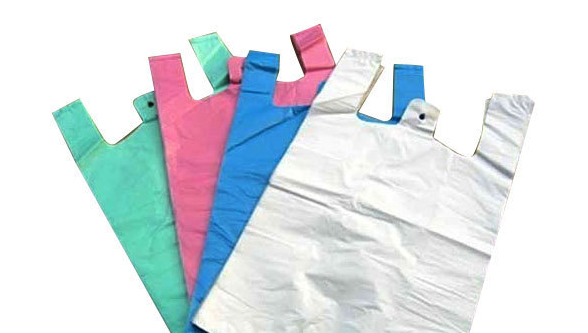Plastic poly bags are an easy and cheap way to carry your goods everywhere which has led to their widespread popularity all over the world. Almost 1 trillion plastic poly bags are manufactured annually. These bags are used for various different things such as carrying books and food to any other things.
The plastic bag making process is a simple procedure, which is one of the main reasons why they are so popular. Of course, the process of manufacturing the plastic bags must be done in a shop that has the correct equipment but despite this, the poly bags are still quite easy to manufacture.
Here are 3 Steps to Manufacture Poly Bags
Extraction of Raw Materials
Polyethylene which is used to manufacture plastic poly bags is extracted from either cracked natural glass or refined oil. These hydrocarbons are mostly found underground and can only be reached and acquired through the drilling of wells. Unfortunately, this drilling process tends to disrupt the local ecosystems and can lead to tragic consequences for both the environment’s as well as humans health if there is a leakage.
The raw mined oil or gas is sent up through pipes to a refinery where the petroleum is divided up into different densities so that the correct oil which is required for plastics can easily be extracted.
This gas or oil is then super heated and pressurized to isolate the pure polyethylene chains which can be joined together to create resin pellets composed of pure plastic.
Different amounts of heat and pressure are applied manufacture plastic resin pellets of different densities to manufacture different products according to their density requirement.
Extrusion of Plastic Films
An extruder heats up the polyethylene plastic resin to roughly around 500 degrees Farhenheit to melt them. A screw inside the extruder pushes the molten plastic through the machine and through a die which controls the thickness of the product. Air makes the emerging plastic into a bubble which travels upwards for about three stories to cool down. After the air is pinched out and all the bubble flattened, the plastic film is cut to size and wrapped on a spindle.
Conversion Process from Films to Poly Bags
The conversion department will then unwrap the roll of film and slice it with a hot knife which seals both the sides of the poly bags and cuts them to the required size. The conversion department can also add any special characteristics which are required for the complete poly bag. The dies are designed to cut out the handles, the wheels create the gussets and the zippered seals get attached with heat.
Printing can be completed after the poly bags have been converted, or in a separate department between conversion and extrusion.
Automation Trends in the Plastic Bag Manufacturing Industry
Plastic manufacturing automation technologies are advancing rapidly to which these trends are having a significant impact on plastics manufacturing businesses as modern automation systems are multifunctional, reprogrammable materials-handling devices.
Efficiently upgrading and managing your plastic bag making machines with advanced automation technologies will save you money and make your business more competitive in the industry. Having a technological advantage will make it easier to compete in the plastic manufacturing industry. You can also create attention-grabbing features to create unusual packaging. This is where new highly automated plastic technologies can help you create bold colors and graphics which will give you a distinguishing advantage in the packaging market.
Article by —–

Mohan Naik oversees the digital marketing for XL plastics, a leading name in the field of plastic converting machinery. On a mission to help entrepreneurs make a high quality choice that delivers value, he efficiently turns even the most technical topics into interesting and engaging content that even a layman can comprehend. He writes to educate his audience and skillfully uses marketing to incite interest even in the most passive of readers. He stays updated with the latest trends and innovations in the industry and is quick to share that with his readers.



